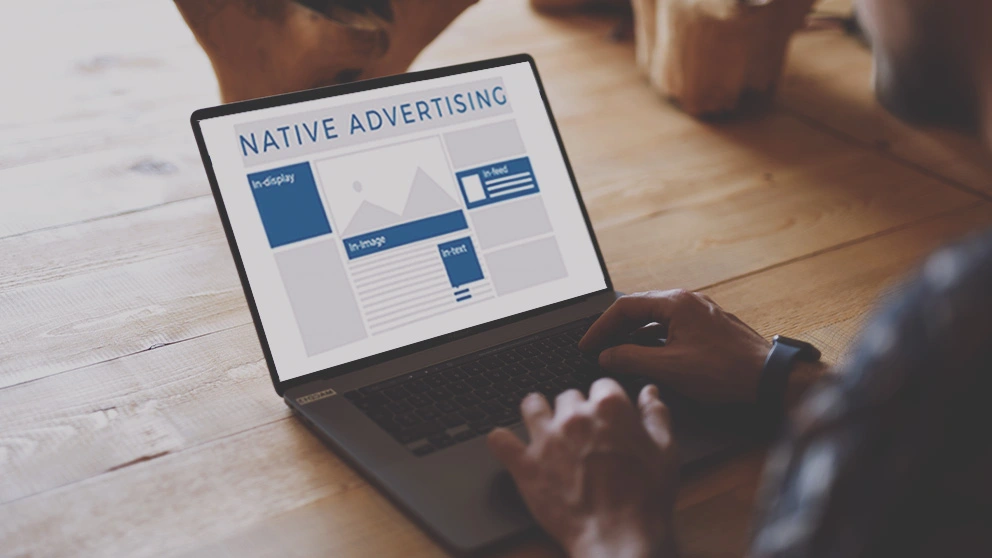Native advertising is a form of advertising that integrates naturally with the surrounding content. The goal is to offer more harmonious and consistent advertising to improve effectiveness.

Native advertising is a form of advertising that aims to integrate naturally and non-invasively within an editorial or content context. Unlike traditional digital advertising, which may appear as an ad or banner separate from the main content, native advertising is an integral part of the content reading or viewing experience.
The main objective of native advertising is to offer users a more harmonious and consistent advertising experience with the surrounding context. This can help improve the acceptance and effectiveness of the ad itself (in terms of clicks and CTRs), as it adapts to the tone, format and presentation of the surrounding content.
Native advertising can take many forms depending on the channel or platform used. For example, on websites or blogs, it may appear as a sponsored article, a product review, or a list of related suggestions. In social media, it can appear as a promoted post that blends in with other feed content. In practice, native advertising is designed to look like native or organic content, while being marked as advertising or sponsored to ensure transparency.
However, it’s important to note that native advertising can raise some ethical questions regarding the clarity and identification of the ad as an advertisement. Advertisers must comply with the guidelines and rules set by advertising regulators to ensure that users are not misled about the commercial nature of the content.
To optimize native advertising campaigns, you can follow some guidelines and optimization strategies. Here are some helpful tips:
- Define clear objectives: First, establish the specific objectives of your native advertising campaign. Do you want to increase sales, generate leads, improve brand awareness or promote a new product? Clearly defining goals will help guide your optimization decisions.
- Know your target audience: Listen and study your target audience carefully to understand their interests, needs and behaviors. This way you can create native ads that are of value to them.
- Create relevant and engaging content: Make sure your native ads blend naturally with surrounding content and are relevant to users. Be creative in presenting your message in a captivating and engaging way.
- Test and optimize headlines: Native ad headlines play a vital role in capturing users’ attention. Experiment with different headline options and monitor performance metrics to identify which ones work best.
- Use high-quality images and videos: The images and videos used in your native ads should be high-quality and attractive. Make sure they are relevant to your message and grab the attention of users.
- Monitor and analyze performance metrics: Use analytics tools to monitor key performance metrics such as click-through rate, conversion, and user engagement. Analyze data to identify areas for improvement and make necessary optimizations.
- Test different platforms and locations: Experiment with different native advertising platforms and ad locations to see which ones drive the best results. Each platform and location may have a different impact on the performance of your campaign.
- Make use of personalization and segmentation: Take advantage of the personalization and segmentation tools offered by native advertising platforms. You can create specific ads for certain audiences based on various criteria such as age, gender, geographic location or interests.
- Monitor user comments and interactions: Keep a close watch on user comments and interactions with your native ads. Respond promptly to user questions or feedback and use this information to improve your campaigns.
- Optimize continuously: Native advertising requires a continuous optimization approach. Regularly monitor performance, run A/B tests and make adjustments to maximize the effectiveness of your campaign.